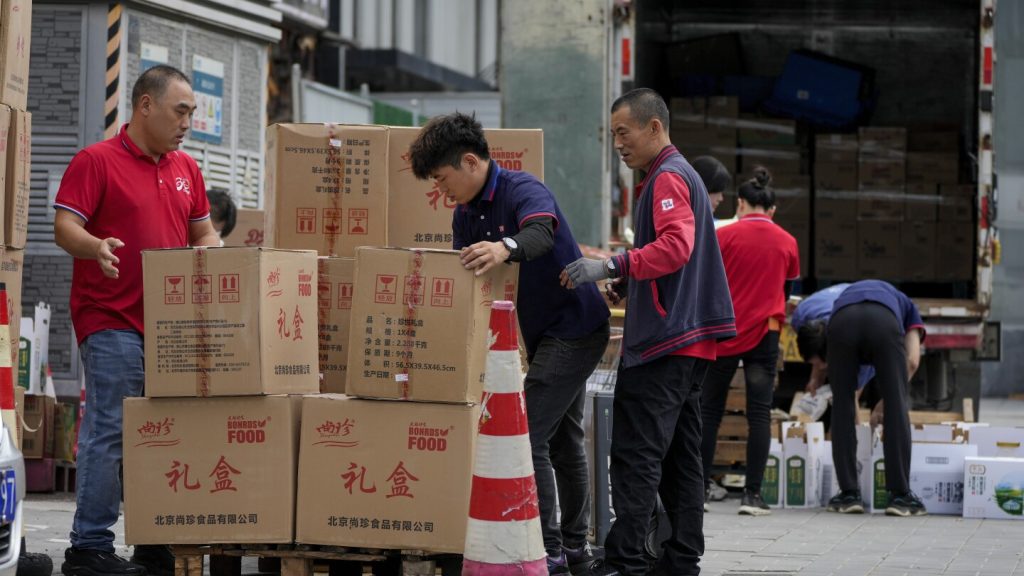In August, China’s economy continued to show signs of weakness, with slowing industrial activity and real estate prices. The National Bureau of Statistics reported declining activity in industrial production, retail sales, and real estate compared to July. Chief economist Liu Aihua noted that the adverse impacts from changes in the external environment were increasing, and domestic demand remained insufficient. The economy, which has been struggling post-COVID, is facing challenges such as weak consumer demand, deflationary pressures, and a contraction in factory activity.
Chinese leaders have increased investment in manufacturing to boost the economy, which has been growing slower than expected. There is also pressure on Beijing to implement large-scale stimulus measures to stimulate economic growth. Industrial production grew by 4.5% in August compared to the previous year but declined from July’s 5.1% growth. Retail sales grew by 2.1% year-on-year, slower than the 2.7% increase in the previous month. Fixed asset investment rose by 3.4% from January to August, down from 3.6% in the first seven months. Real estate investment declined by 10.2% during the same period compared to last year.
Trade data for August showed a 0.5% increase in imports compared to a year ago. The consumer price index rose by 0.6% in August, driven by an increase in food prices due to bad weather. However, the core CPI, which excludes food and energy prices, rose by just 0.3% in August, the slowest in over three years. China’s economy is still facing challenges in terms of sustaining growth and stimulating demand. The government may need to consider additional measures to support key industries and boost consumer spending in the coming months.
Overall, the economic data for August indicates a continued slowdown in China’s economy, with challenges in multiple sectors including industrial production, retail sales, and real estate. The government’s efforts to ramp up investment in manufacturing have not fully countered the impact of weakened consumer demand and deflationary pressures. With pressure mounting to implement large-scale stimulus measures, policymakers in Beijing will need to carefully consider the best strategies to support economic growth and address the challenges facing the economy. As China grapples with the aftermath of COVID-19 and the changing global economic landscape, proactive measures may be necessary to stabilize the economy and promote sustainable growth in the long term.


